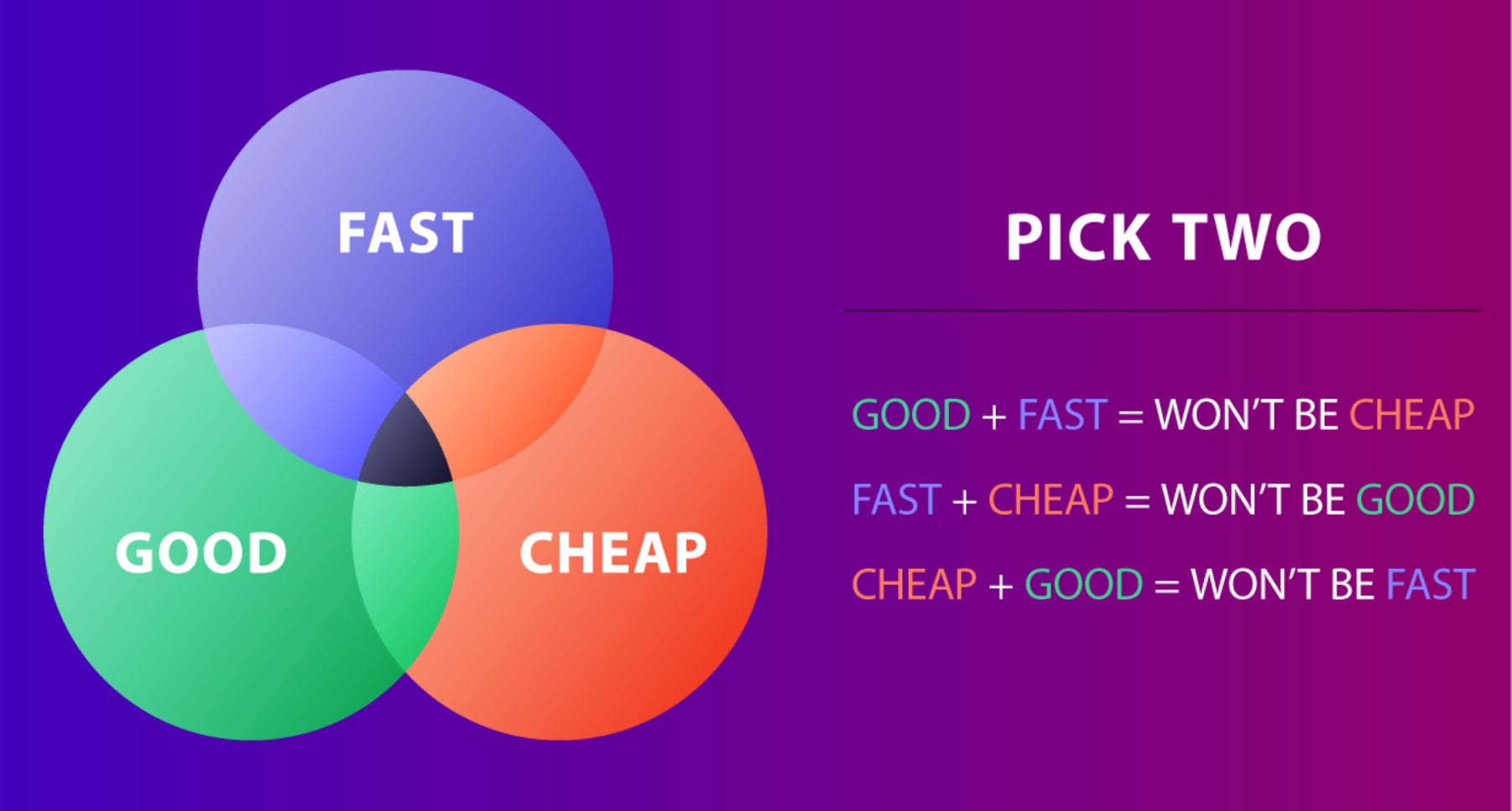Articles
School leaders and the members of school boards are almost invariably individuals with a huge generosity of spirit. Unless they have been seriously misinformed, very few people have ever entered teaching as a profession because they think it will make them wealthy, and even fewer serve on school boards for personal gain. To work in education is to serve others before oneself. It is a vocation, not just a job.
As a generalisation, school leaders and the members of school boards also tend to be some of the most idealistic people in our society. Perhaps that is to be expected, because the future of our society is quite literally in the classrooms, corridors and playgrounds of today’s schools (in the absence of a global pandemic, that is). School boards, Principals and teachers are performing one of the world’s most important jobs – building our future – and that is not a comment I make lightly.
Perhaps unexpectedly, there can be a downside to this idealism, this generosity and this desire to make our world a better place. The downside is that individual and collective passion and enthusiasm may outstrip the capacity to achieve the high aspirations that people in education almost invariably set for themselves.
This sometimes presents a challenge when a new Strategic Vision is being developed. A good Strategic Vision should spring from and reflect the ethos and mission of the school, be achievable, be ambitious and contain an element of ‘stretch’, it should contain criteria for determining success, and be concise.
When developing a new Strategic Vision, School Boards and Principals understandably can get very excited about the wonderful things that start to emerge on the horizon. One danger that can arise amidst the excitement in any school that is trying to “stretch” its resources (and frankly, that is every school!) is to want everything to happen quickly, cheaply and to a high standard.
Realistically, that is an almost impossible target that is setting up the school and its new Strategic Vision for failure. As the diagram suggests, from the tripartite goal of good-fast-cheap, you have to pick two of the three.

If the outcome is to be both good and cheap, it won’t be fast.
If the outcome is to be both fast and cheap, it won’t be good.
If the outcome is to be both good and fast, it won’t be cheap.
This compromise is a harsh reality that is often lost in the enthusiasm and idealism of planning a school’s future. It demands a thorough examination of priorities so that when the inevitable compromises are required, decisions made reflect a consensus of priorities.
“Isn’t it possible to have all three?” is the inevitable question, or as the headline to this article expresses it: “Good. Fast. Cheap. Can schools have all three?”
Experience and Betteridge’s Law suggest that the answer must be “no”.
-Dr Stephen Codrington
The information in this article is expanded in workshops such as OSG-S5 - Mission, Vision and Strategic Direction as well as in the book "Optimal School Governance", which can be ordered directly through Pronins.
You may also be interested in previous articles which are archived at https://optimalschool.com/articles.html.